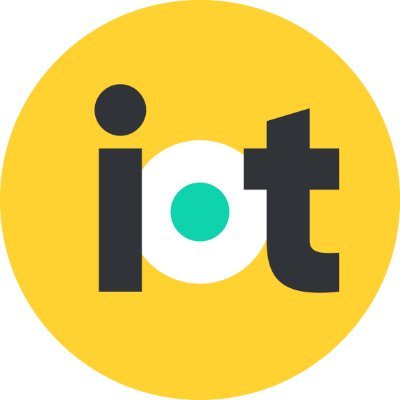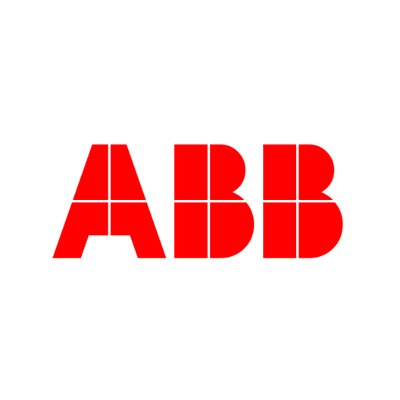Search results for factories
People
Not Found
Tweets including factories
#Zeekr’s# factories run on advanced automation—robotic arms, AGVs, and 5G working together with precision.
We’re also testing @UBTECHRobotics’ #humanoidrobots# in non-production areas. It’s early-stage, but we’re curious about how tech could support the future of factory work. #AI# https://t.co/vMasS2182H
Show more

0
0
2
19
6
ELON: WE CARE ABOUT AESTHETICS—EVEN FOR OUR FACTORIES
“It's a factory, but we care about aesthetics.
Does it look good?
Does it work with the rest of the environment?
The [Nevada] factory will actually be shaped like a diamond.
The reason for that is if you make it a box shape, we would have had to move a lot more earth.
So, in order to have it fit more in the environment, we've had it shaped like a diamond.
It's also aligned on true north so that we can actually map out where the equipment's going to be by GPS.
The solar panels that will be on the roof are also properly aligned.
It sounds romantic to say it's shaped like a diamond and aligned on true north, but there are practical reasons for it as well.
This factory will produce its own energy as well, through a combination of geothermal, wind and solar.
So, it'll be a sort of self-contained factory.”
Source: Giga Nevada Announcement, September 4, 2014
Show more
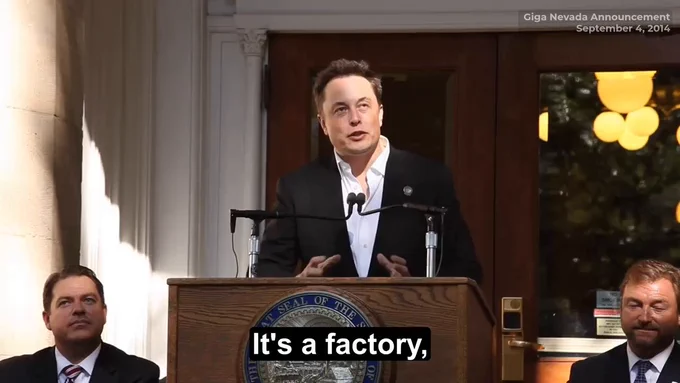
0
0
37
214
45
#SaudiArabia’s# Ministry of Industry @mimgov has announced the launch of 103 new #factories# in January, marking a significant milestone for the Kingdom’s industrial sector https://t.co/wj0y6hbckb


0
0
0
1
1
Growth of sovereign #AI#, rise of AI factories, and more are several trends for the future of data infrastructure. Read about the others here: https://t.co/7ivFgxpQwK


0
0
1
10
6
55 public schools in Chicago have zero kids proficient in math or reading.
They spend $30,000 per student per year.
Failure factories. https://t.co/GYvZVF7Asg
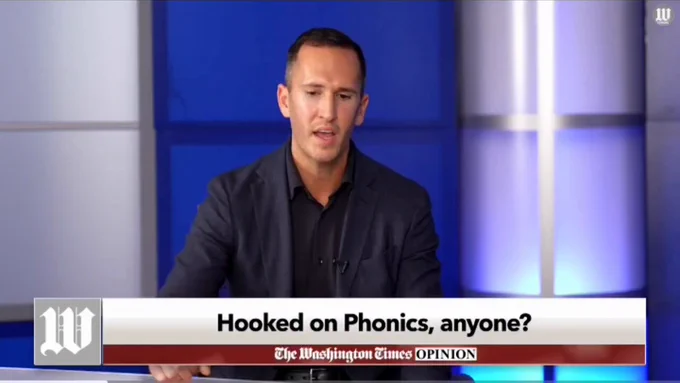
0
0
451
17.4K
5.6K
Huawei and UBTech team up to power China’s humanoid robot expansion in homes and smart factories.
https://t.co/vkUDiVtHAq


0
0
1
19
9
Our latest automotive industry survey highlights the importance of flexible, connected 'smart factories' for mixed manufacturing of ICE, hybrid, & electric vehicles
Plus AI, robotics, & flexible manufacturing are crucial for overcoming industry challenges
https://t.co/VYoJQayQJR https://t.co/zjoCY8jZCq
Show more
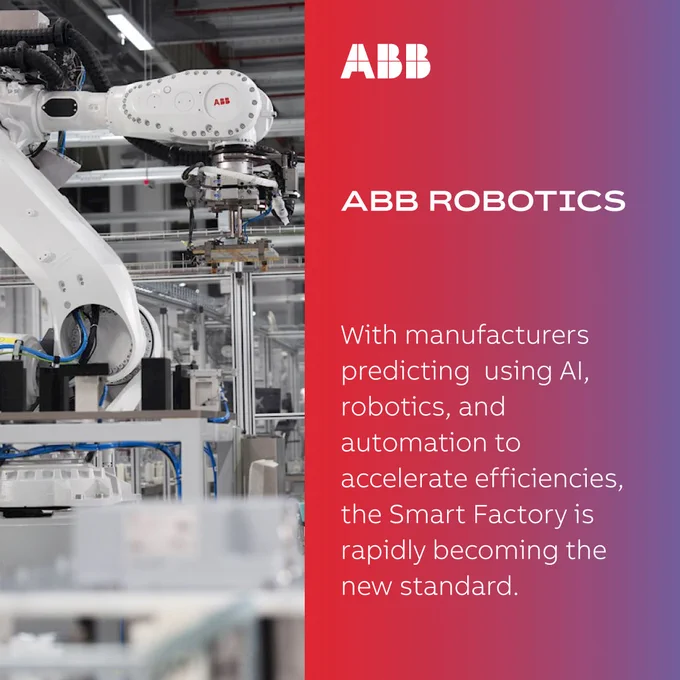
0
0
20
11
3
Optimus will be able to do anything you want it to do. It can babysit your kids. It can be your companion. It can teach your kids. It can work in factories.
I think everyone in this world will own one humanoid.
https://t.co/kcoXTYmtKV
Show more
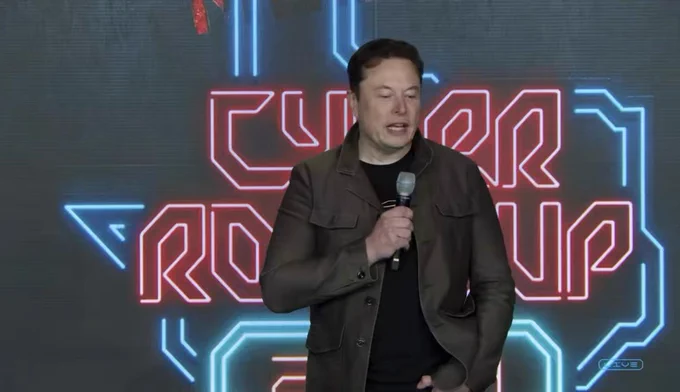
0
0
1.1K
3K
677
Giga Texas production now uses FSD Unsupervised to deliver cars from end of line to the outbound logistics lot.
Over 50,000 driverless miles have been accrued between California and Texas factories so far https://t.co/79zKY0U6Ox
Show more
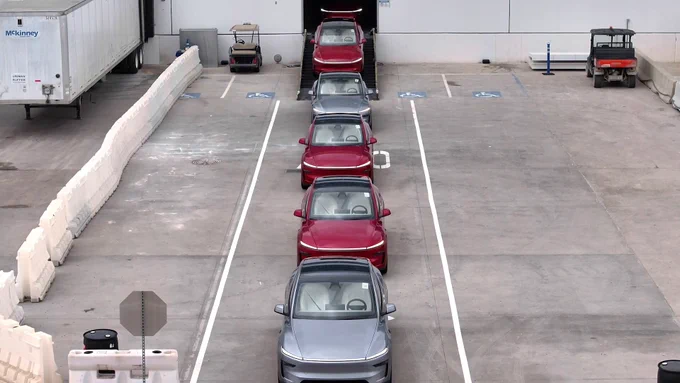
0
0
817
15.5K
2.6K
Building homes faster, greener, smarter!
ABB Robotics & AUAR ConstrucThor in Belgium is revolutionizing construction with robotics & modular micro-factories. Aiming for climate-neutral building, cutting waste & emissions. A leap towards sustainable housing
https://t.co/zRsqevoZWd https://t.co/7i4S2wBU5A
Show more

0
0
1
11
2
VIDEO | AAP MP Raghav Chadha (@raghav_chadha) on reciprocal tariff announced by US President Donald Trump:
"The Indian economy will be hugely impacted by this tariff. I had said in the House that Trump tariffs will wreck the economy and today, I am saying it again that due to this 26 per cent tariff, India's GDP will fall 50-100 basis points. In India, millions of jobs will go, factories will shut down. Global competitiveness of goods produced in India will decrease."
#reciprocaltariffs#
(Full video available on PTI Videos - https://t.co/bIyFWTeOLF)
Show more
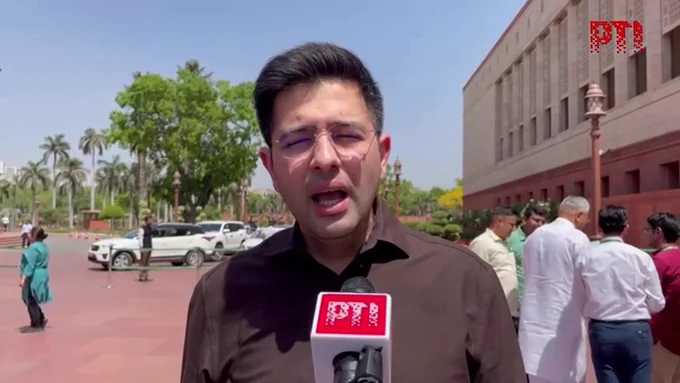
0
0
15
164
63
Wi-Fi 7, along with Wi-Fi 6/6E and Wi-Fi HaLow, is enhancing speed, coverage, and latency, making it a strong alternative to cellular networks. These technologies are crucial for IoT, smart homes, and applications like AR/VR. Wi-Fi 7 improves reliability with multi-link operation and reduced latency, while Wi-Fi 6/6E offer better efficiency and power management. Enhanced WPA3 security makes these technologies ideal for enterprise use. Wi-Fi HaLow supports long-range, low-power applications like agriculture. With growing demand, Wi-Fi 6/6E/7 is expected to capture 43% of the market by 2025.
Read Quectel’s new white paper to learn more about the growing versatility of Wi-Fi, and how Quectel’s vast portfolio of Wi-Fi antennas and modules can support applications from wearables and smart home appliances to critical infrastructure in factories, hospitals and stadiums.
Download this white paper today!
https://t.co/QUnyOZrxQ8
Show more

0
0
0
0
0
What kinds of factors affect breast cancer survivors’ likelihood of reentering the workforce? https://t.co/CeEqBWjNke
0
0
0
2
0
If China's 888 GW of installed solar operated at U.S. capacity factors, it would generate 44% of U.S. electricity.
We have a massive irradiance advantage, especially compared to Southeastern China.
The U.S. should dominate in solar, but we are getting absolutely smoked.
Even with poorer solar resources, China generates 3x as much electricity from solar. China's solar generation now exceeds U.S. nuclear.
(and exceeds Chinese nuclear by a factor of 2)
Show more
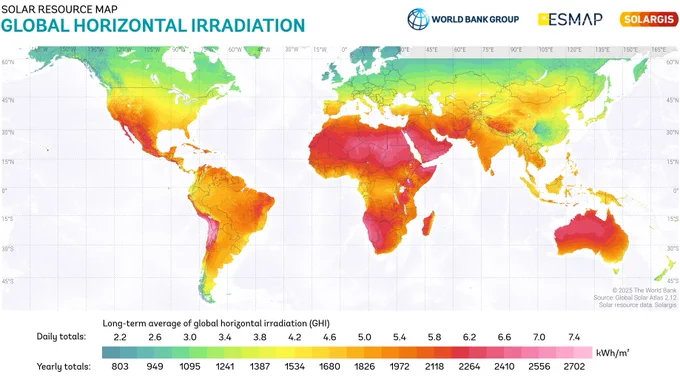
0
0
23
250
47
🫵 Follow https://t.co/swt2rcCJUv
»The radical European #peasantmovements# that formed #populistparties# and breakaway republics.« https://t.co/QksNALEbDw #FactCrisis# #Populism# #Populist# #Movement#


0
0
0
0
0
🫵 Follow https://t.co/swt2rcCJUv
»#LePen# Verdict Fuels Claims That #Europe’s# #Elites# Are Colluding Against #Populists#.« https://t.co/Xu63oTMD5k #FactCrisis# #Populism# #Populist# #Movement#


0
0
0
0
0
🫵 Follow https://t.co/swt2rcCJUv
»#Participatorybudgets# and #referendums# can ease #populistcitizens#' #frustrations#.« https://t.co/KD56zsoT8S #FactCrisis# #Populism# #Populist# #Movement#


0
0
0
0
0
edgeX Alpha Season Officially Closes Announcement
💡A total of 1,139,913 points were distributed across 20,270 addresses through the whole season.
Thanks to all edgeX users for the continued support!
📌 While the Alpha season has concluded, all user interaction history will be permanently archived and automatically factored into points distribution calculations for future points seasons.
Stay tuned for the upcoming new points season that will be released soon.
Show more

0
0
16
37
6
🫵 Follow https://t.co/swt2rcCJUv
»The #ruleoflaw# is #democracy’s# last defence — that’s why #populists# attack it: It’s no accident that from #France# to #Wisconsin#, the #radicalright# seek to undermine faith in the judiciary.« https://t.co/trXijNBTAs #FactCrisis# #Populism# #Popu…#
Show more


0
0
0
0
0
🫵 Follow https://t.co/swt2rcCJUv
»Under #Trump#, the U.S. Has Adopted an #AutocracyPromotion# Agenda.« https://t.co/1D5JZZIj8r #FactCrisis# #Populism# #Populist# #Movement#


0
0
0
0
0



